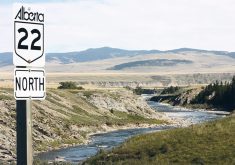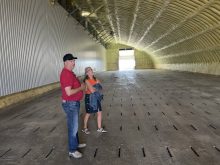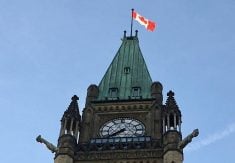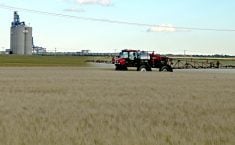A shipment of Canadian feeder bison arrived in the United States through the North Portal, Sask., border crossing Sept. 16, the first since BSE closed the border in May 2003.
Two weeks earlier, a load of 88 bison was turned back from an Alberta-Montana crossing because the proper handling facilities weren’t in place.
Under new rules, feeder bison heading for American feedlots have to be unloaded, inspected and reloaded at the border. North Portal is the only location where that can happen.
The rules do not apply for bison going directly to slaughter.
Read Also
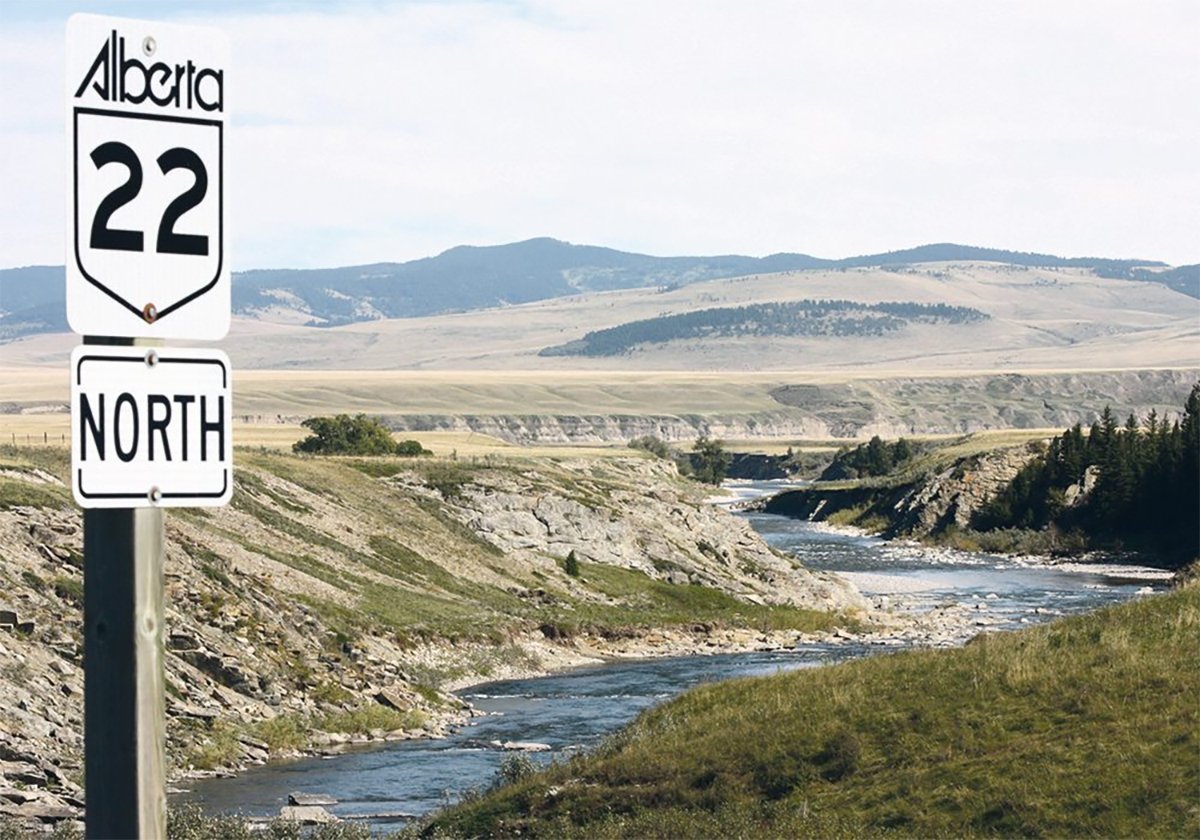
New coal mine proposal met with old concerns
A smaller version of the previously rejected Grassy Mountain coal mine project in Crowsnest Pass is back on the table, and the Livingstone Landowners Group continues to voice concerns about the environmental risks.
Kurt Wigness, from Admiral, Sask., said he had no problems shipping 45 two-year-old bulls and 11 yearling bulls to a South Dakota feedlot.
“It went very smoothly,” he said Sept. 30. “It can be done.”
He said the Canadian facility has been set up for the U.S. veterinarian’s use. The vets inspect the animals, tag them, brand them as Canadian and check their teeth to make sure they are younger than 30 months.
Wigness said he will be co-ordinating more shipments for a buyer with capacity to feed 5,500 head.
Wigness believes the Canadian industry is on an upswing after suffering low prices and closed borders.
He said his American associate has placed a large order for Canadian feeder bison and he’ll be buying them mainly in Alberta and Saskatchewan.
Several loads of slaughter bison have been exported since the border re-opened to live animals.





